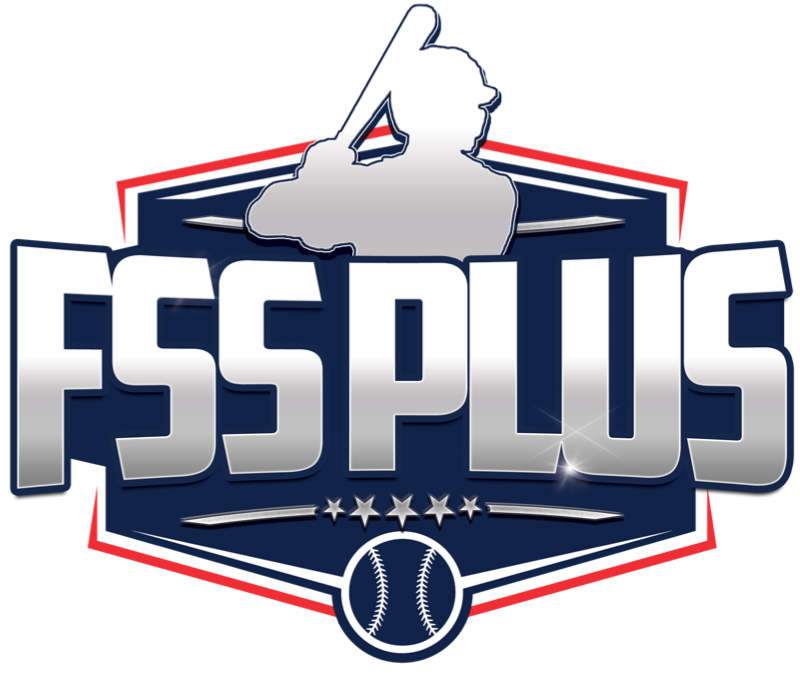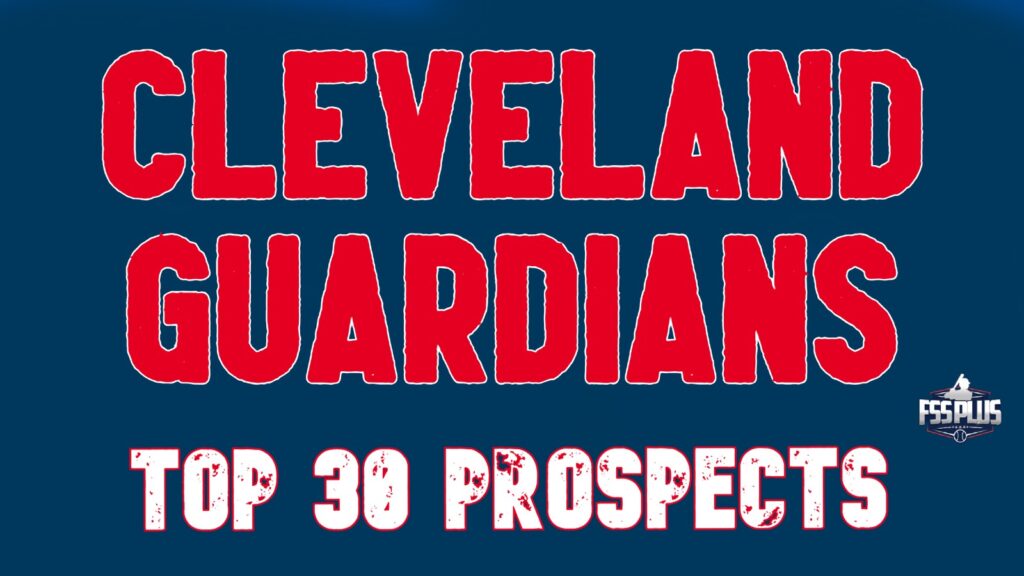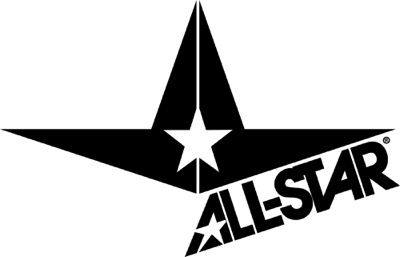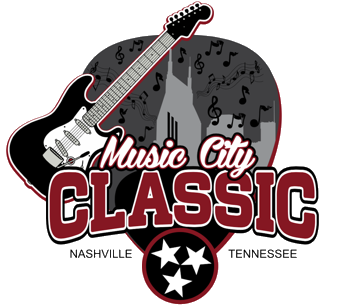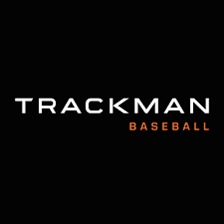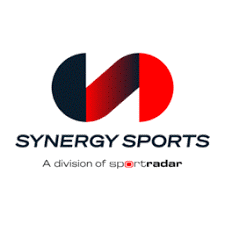The 2024 Preseason Top 30 lists are built around the idea of certainty and future Role. Similar to industry projection systems such as Future Value (FV), Overall Future Potential (OFP), and Grade, Role is a way to describe to what degree a player will add value to his organization at peak.
Our scale is a bit more conservative than other grading systems. We take into account recent seasonal performance, proximity to impact, metric/data analysis, and industry conversations to build a case for the most likely outcome for any given player.
It is important to note these Role labels are fluid and can change as a player moves up the developmental ladder. It is not uncommon for a player to change his role projection over even one month. Players jump from a Role 35 to a Role 40 quite quickly.
Things like mechanical adjustments and physical maturation can alter a player’s projection seemingly overnight. Players change. Keep that in mind.
Below is our Role chart used to place future projection on players.
| ROLE | DESCRIPTION |
|---|---|
| 20 | No organizational value. Non-prospect. |
| 30 | Organizational value, filler. Likely peaks at Triple-A or below. |
| 35 | Potential up-and-down, Quad-A prospect. Has some tools. Development necessary to secure prolonged MLB role. |
| 40 | Back-up at MLB level. No. 5 starter on non-competitive team. Depth. |
| 45 | Potential starter on contender. Bench player for championship-level team. |
| 50 | Starter on a championship-level team. Lacks star ceiling. Steady. Potential No. 4 starting pitcher. |
| 55 | Potential all-star. Some impact. Above average big-league regular. Mid-rotation starter on a contender. |
| 60 | All-star level player. Impact. Middle-of-the-order bat. No. 2 starter on good team. |
| 70 | Perennial all-star. Will contend for seasonal awards. Potential MVP/Cy Young upside. No. 1 starting pitcher. Ace. |
| 80 | Hall of Fame upside. Generational. MVP/Cy Young Favorite some years. Organizational pillar who can carry an entire franchise at times. |
You will not find players with a sub-50 Role on our Top 100 Prospect List. You are also unlikely to find any sub-35 Role players on a Top 30 board. Generally, organizations will have at least 30 players with big-league projection.
All rankings and roles by Joe Doyle
Player notes by Jason A. Churchill
Cleveland boasts a top-heavy system with some upside and probably in the Top 10 or so, but lacks depth, particularly on the mound. Each of their top four prospects appears within two years of the majors, and two of them should see Cleveland in 2024.
The org went with prep players with their first two picks in July after their first seven picks were college talents in 2022. Their last prep first-round selection, Carson Tucker, has struggled since signing and has fallen off the map.
The club’s amateur class of 2017 and 2018 make up a good portion of their top 15 prospects.
| RANK | PLAYER | POS | ROLE |
|---|---|---|---|
| 1 | Chase DeLauter | OF | 55 |
| 2 | Brayan Rocchio | SS | 55 |
| 3 | Kyle Manzardo | 1B | 50 |
| 4 | Daniel Espino | RHP | 50 |
| 5 | Ralphy Velazquez | C/1B | 45 |
| 6 | George Valera | OF | 45 |
| 7 | Juan Brito | 2B | 45 |
| 8 | Angel Martinez | INF | 45 |
| 9 | Alex Clemmey | LHP | 45 |
| 10 | Jaison Chourio | OF | 45 |
DeLauter does almost everything on the baseball field, including hit for average, run, throw, and defend.
His swing concerns some scouts and didn’t lead to much discernable power — just five in 242 plate appearances. There’s plenty of bat speed, however, and he makes a lot of hard contact, suggesting legitimate all-star upside.
Rocchio is among the better middle-infield prospects in baseball and reached the big leagues last season. He’s a capable switch hitter but is better from the left side where his average power shows up more often and with greater upside.
He’s not a burner but runs well enough to swipe 15-20 bags a year, and should be a high-contact hitter with walks and above-average or better defense at short.
The Guardians acquired Manzardo from the Tampa Bay Rays in exchange for right-hander Aaron Civale last summer. All the Washington State product has done is rake in pro ball, and despite a dip in batting average and contact rates in Triple-A Durham, responded with a more respectable .256/.348/.590 slash after the trade.
He should see the majors this season, but is not yet on the 40-man, suggesting a limited shot to break camp with the club, but it may not be long if he picks up where he left off last season.
It’s plus power and an above-average to plus ability to hit for average and get on base. He’s an adequate first-base glove.
Clemmey has enormous upside. He’s already up to 99 mph and pitches comfortably at 94 and flashed a plus curveball in high school.
At 6-foot-6, there’s physical projection on which to dream, though the Guardians will have to work with him on finding a repeatable delivery and a quality third pitch.
| RANK | PLAYER | POS | ROLE |
|---|---|---|---|
| 11 | Andrew Walters | RHP | 45 |
| 12 | Dayan Frias | 3B | 40 |
| 13 | Joey Cantillo | LHP | 40 |
| 14 | Petey Halpin | OF | 40 |
| 15 | Welbyn Francisca | SS | 40 |
| 16 | Angel Genao | SS | 40 |
| 17 | Justin Campbell | RHP | 40 |
| 18 | Jake Fox | OF | 40 |
| 19 | Deyvison De Los Santos | 3B | 40 |
| 20 | Cade Smith | RHP | 40 |
| 21 | Kahlil Watson | SS | 35 |
| 22 | Jose Tena | 2B/SS | 35 |
| 23 | Jhonkensy Noel | 1B/OF | 35 |
| 24 | Parker Messick | LHP | 35 |
| 25 | Jackson Humphries | LHP | 35 |
| 26 | Jose Devers | SS | 35 |
| 27 | Rafael Ramirez | SS | 35 |
| 28 | Alex Mooney | SS | 35 |
| 29 | Nate Furman | 2B | 35 |
| 30 | C.J. Kayfus | C/1B | 35 |
Walters went No. 62 overall last July after showing dominant stuff as Miami’s closer. He’s up to 99 mph, but sitting in the mid-90s he misses bats with deception and movement.
His slider is below average but has shape and he tunnels it well with the heater. He’ll move quickly if he throws strikes, which is something he did pretty well in college.
Halpin has average or better tools across the board, including power, though it’s yet to show up consistently in games. He ran into a bit of a buzzsaw in Double-A last season, batting just .243/.312/.372 with a 25% strikeout rate.
He’s just 22 and likely goes back to Akron to reset at the plate, but his speed and defense should help him find a role in the majors in the next year or two.
Campbell, the Guardians’ comp-round pick in 2022, has yet to pitch due to an elbow injury that required surgery last May, but when healthy projects to bring four major-league pitches and above-average control to the mound in Cleveland.
At 6-foot-7 and throwing from a creative angle, Campbell’s 93 mph fastball plays up, though pro instruction could help him add velo. His best secondary is a 78-81 mph changeup, but his curveball and slider both project to above-average or better levels, completing a mid-rotation profile.
Messick sits in the low-90s with his fastball but possesses plus control and command and a well-above-average changeup. His breaking balls are both below average, though the slider projects to at least average levels.
- MLB Draft: Mock Draft 3.0 - June 27, 2025
- 2025 MLB Draft: Top 600 Prospects - June 25, 2025
- MLB Draft: Mock Draft 2.0 - June 10, 2025
